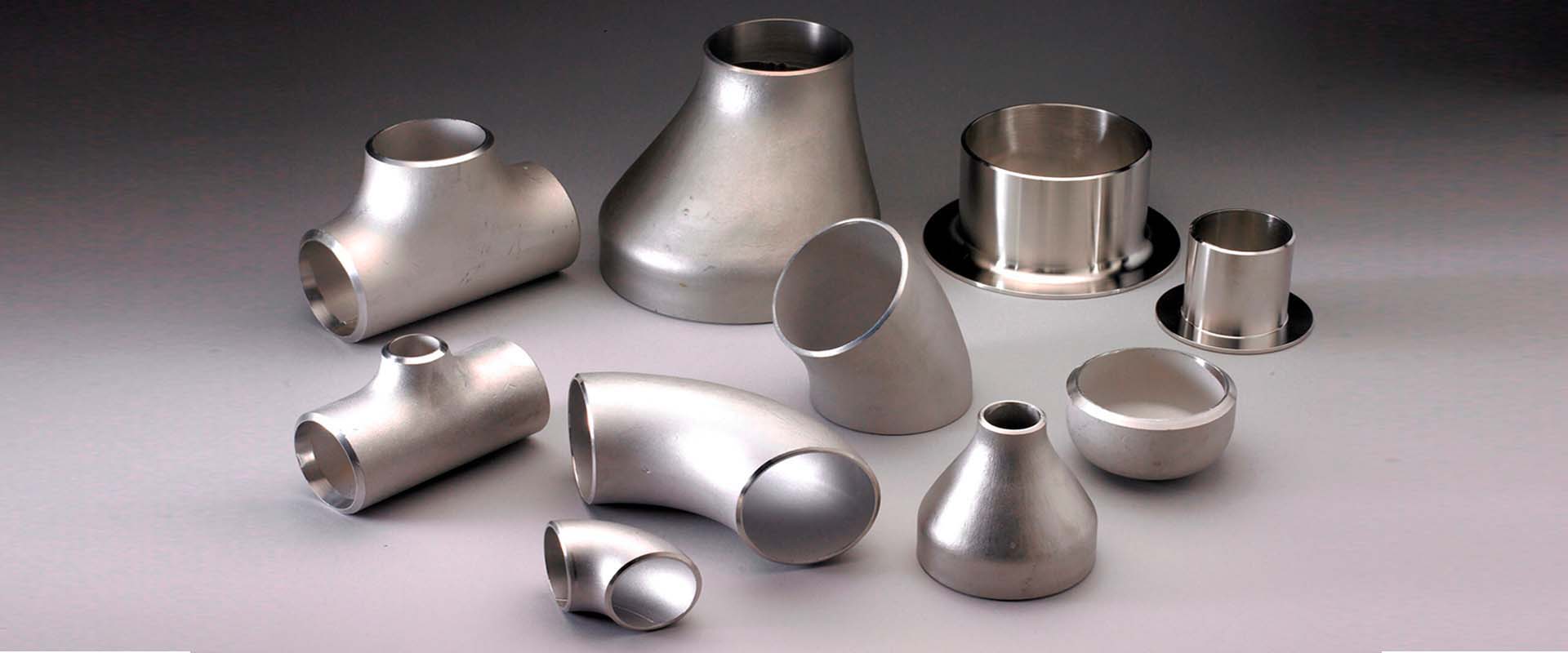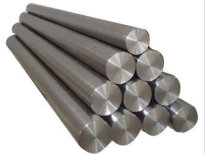Stainless steel fittings are used in many industries as they are tough, long-lasting, and easy to maintain. These fittings connect pipes and tubes in systems that carry liquids, gases, or steam. They are used in construction, food processing, oil and gas, and more. Stainless steel resists rust, and handles both hot, and cold environments were its durability makes it a reliable choice for many types of systems. This blog explains the key benefits of stainless steel fittings, their common applications across industries and why 304H Stainless Steel Fittings are ideal for high-temperature and high-pressure systems.
Why Stainless Steel Fittings Work So Well
Stainless steel fittings are the preferred choice for several reasons:
- Corrosion Resistance
They do not rust easily, even in damp or chemically heavy environments. This characteristic preserves systems to operate effectively for decades.
- High Strength
They can resist high pressure without breaking or cracking. This makes them safe and reliable in critical installations.
- Resistance to Heat and Cold
Stainless steel fittings are useful in extreme temperatures. They do not deform with heat or become brittle in cold.
- Hygiene and Cleanability
They are easy to clean and don’t react with food, chemicals, or water. That’s why they are used in the food and pharma industries.
- Long Life
Once installed, stainless steel fittings last a long time. They need little upkeep and rarely require replacing.
- Recyclability
Stainless steel is completely recyclable. This makes it a more sustainable choice than other materials.
Common Types of Stainless Steel Fittings
Stainless steel fittings are available in various shapes, and sizes according to the use.
Common types are:
- Elbows: alter the direction of flow
- Tees: divide flow into two directions
- Couplings: connect two pipes
- Reducers: connect pipes of varied dimensions
- Unions: enable simple disconnection
- Caps: seal the end of a pipe
What is Special about 304H Stainless Steel Fittings
304H Stainless Steel Fittings are constructed of a high-carbon form of the standard 304 grade. The extra carbon improves high-temperature strength. That makes them ideal for systems exposed to heat over long periods.
Key Benefits of 304H Stainless Steel Fittings:
- Excellent resistance to oxidation
- Strong performance in high-heat settings
- Longer life in pressure-heavy systems
- Good weldability and shaping ability
- Used in refineries, boilers, heat exchangers
Due to these qualities, 304H Stainless Steel Fittings are commonly found in:
- Power plants
- Petrochemical systems
- Oil and gas pipelines
- Industrial furnaces
- Chemical tanks
Where Stainless Steel Fittings Are Used
- Oil and Gas Industry
Fittings in this sector must deal with extreme pressure, corrosive materials and high temperatures. Stainless steel performs well in all three conditions. 304H Stainless Steel Fittings are widely used in offshore rigs and refineries because they hold up under stress.
- Chemical Processing
Chemical plants use aggressive substances. Fittings must not react with the chemicals they carry. Stainless steel is a safe option for these systems due to its exceptional resistance to most acids and bases.
- Food and Beverage Industry
In the production of food, cleanliness is essential. Stainless steel is easy to sterilize and prevents the growth of bacteria. Fittings made from stainless steel are used in processing lines, dairy systems, and beverage plants.
- Water Treatment Plants
Stainless steel fittings are applied in both the fresh and wastewater systems. They are longer-lasting compared to plastic or galvanized and perform no corrosion even when in constant contact with water.
- Pharmaceutical industries
Pharmaceutical industry requires clean and controlled conditions, but fittings in stainless steel prevent contamination. The mixing, storage and transfer systems for liquids and gases utilize them.
- Construction and Infrastructure
In structures, stainless steel fittings are installed for plumbing, fire protection, and HVAC systems. They’re also used in water supply and drainage piping systems.
- Power Generation
Power plants use high-pressure steam to generate electricity. 304H Stainless Steel Fittings handle this high heat and pressure well. They are used in steam lines, condensers, and heat recovery systems.
- Shipbuilding and Marine Applications
Saltwater causes metal to rust fast. Stainless steel fittings resist this, making them ideal for ships, ports and desalination plants.
- Automotive and Aerospace
These sectors use stainless steel in fuel systems, exhausts, and hydraulics. The fittings must perform well in changing temperatures and vibrations.
- Paper and Pulp Industry
In paper industries bleaching, and pulping chemicals are extremely corrosive. Stainless steel fittings ensure that systems last longer without leakage or failure.
Why 304H Stainless Steel Fittings Are a Smart Choice
Among different grades, 304H is known for high-temperature operation. It has more carbon than standard 304 which improves creep strength. This means the material won’t slowly deform under stress and heat. If a system runs at temperatures above 500°C for long hours, standard grades may weaken. But 304H keeps its strength. That’s why it’s applied where heat is constant and safety is essential.
Main Applications of 304H Stainless Steel Fittings:
- Superheaters
- Reheaters
- Heat exchangers
- High-pressure lines of steam
- Industrial boilers
Conclusion
Stainless steel fittings are relied upon in numerous industries due to their strength, and durability-resistance. They don’t rust, can handle tough environments and last for years. Whether it’s a food plant, oil rig, or power station, stainless steel fittings do the job well.
When the system runs hot and needs added strength, 304H Stainless Steel Fittings are the right choice. They hold up under pressure, perform in heat, and help systems stay safe and efficient.
Their role may be small, but in large systems, they make a big difference.


